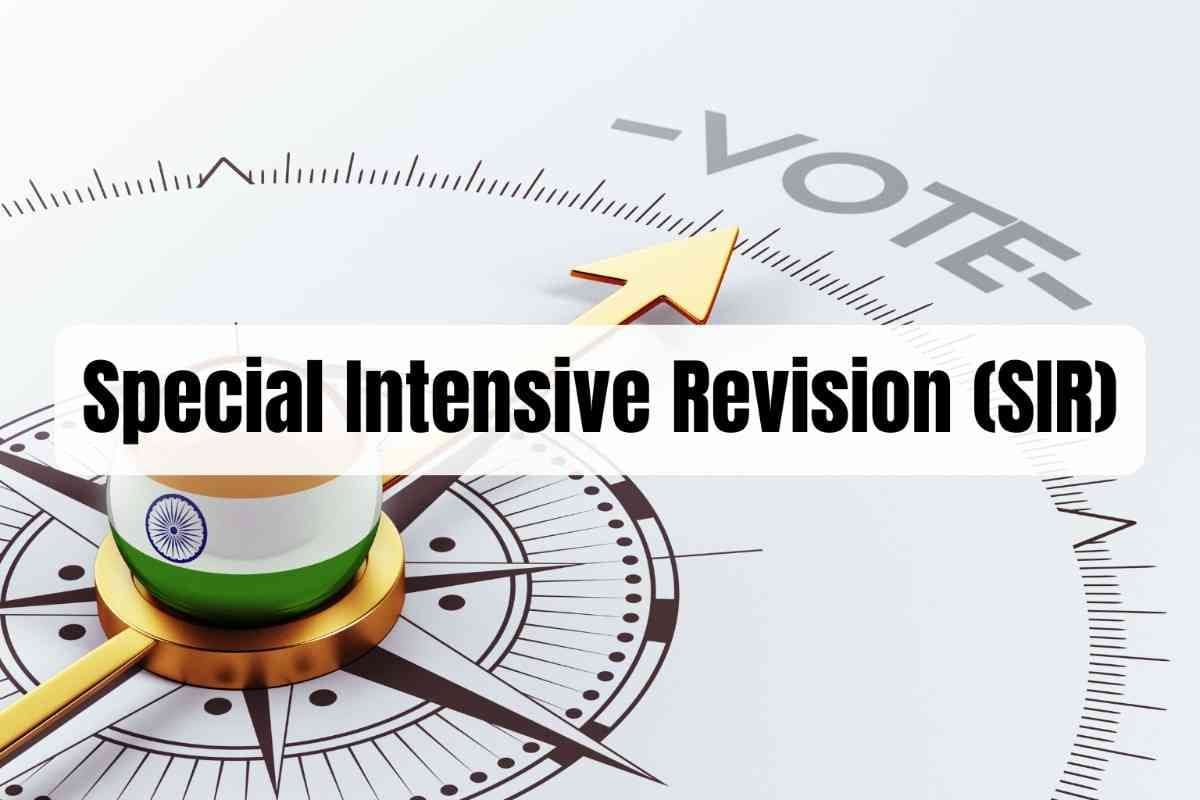Good Governance Day 2024
Feb, 2025
•3 min read
Good Governance Day is celebrated annually in India on December 25th to mark the birth anniversary of Atal Bihari Vajpayee, one of India’s most revered leaders and former Prime Minister. Instituted in 2014, this day underscores the importance of a transparent, accountable, and citizen-centric administration. For the year 2024, Good Governance Day holds special significance as it marks Vajpayee’s 100th birth anniversary, an occasion that will be celebrated through significant initiatives like ‘Prashasan Gaon Ki Ore’ (Governance to Villages) under the Department of Administrative Reforms & Public Grievances (DARPG).
Overview of Good Governance Day 2024
| Details | Information |
|---|---|
| Date | December 25, 2024 |
| Occasion | 100th Birth Anniversary of Atal Bihari Vajpayee |
| First Observed | 2014 |
| Campaign | Prashasan Gaon Ki Ore |
| Week-long Observance | December 19–24, 2024 |
| Purpose | Transparency, Accountability, and Citizen-Centric Governance |
Significance of Good Governance Day
Good Governance Day serves as a reminder of the values of accountability, transparency, and responsiveness that Vajpayee envisioned for India’s administration. The day highlights the government’s responsibility to serve its citizens effectively and ensure that development reaches every corner of society.
Key Objectives:
- Honoring Atal Bihari Vajpayee: Recognizing his contribution to nation-building and advocacy for ethical governance.
- Promoting Awareness: Educating citizens about their roles and responsibilities in achieving good governance.
- Encouraging Accountability: Reinforcing government responsibility to provide efficient and transparent services.
- Ensuring Inclusivity: Reaching marginalized sections of society to promote equitable development.
- Facilitating Citizen Participation: Empowering citizens to engage in policymaking and governance.
Understanding Good Governance
Definition and Components
The World Bank defines good governance as “the manner in which power is exercised in the management of a country’s economic and social resources for development.”
Good governance emphasizes principles that ensure transparency, equity, and justice in administration.
Key Components of Good Governance:
- Transparency: Institutions operate openly, allowing citizens to observe and assess their actions, reducing corruption.
- Accountability: Government bodies are answerable for their actions, ensuring better service delivery.
- Participation: Involving citizens in decision-making processes, including marginalized communities.
- Rule of Law: Laws are applied impartially to protect individual rights and ensure justice.
- Responsiveness: Addressing citizen needs efficiently within a reasonable time.
- Consensus-Oriented: Decisions are made considering the needs and interests of all stakeholders.
- Effectiveness and Efficiency: Optimal use of resources to achieve goals and deliver results.
- Equity and Inclusiveness: Ensuring fair opportunities for all, irrespective of gender, caste, or economic background.
Importance of Good Governance:
- Efficient Service Delivery: Ensures resources are allocated optimally for public welfare.
- Upholding Public Trust: Transparent governance builds citizens' confidence in the administration.
- Strengthening Democracy: Encourages participation, fostering a robust democratic framework.
- Eliminating Corruption: Reduces misuse of power through accountability and oversight.
- Enhancing Development: Facilitates equitable socio-economic growth by addressing the needs of all sections.
Initiatives to Promote Good Governance in India
India has adopted various initiatives to achieve the objectives of good governance. These initiatives focus on e-governance, citizen participation, and improving service delivery.
Key Initiatives:
- Digital India:
- Aims to transform India into a digitally empowered society.
- Promotes e-governance, digital literacy, and seamless access to public services.
- Examples: UMANG App, DigiLocker, BharatNet.
- Right to Information (RTI) Act:
- Empowers citizens to seek information about government activities.
- Enhances transparency and curbs corruption in public administration.
- Direct Benefit Transfer (DBT):
- Ensures direct transfer of subsidies to beneficiaries’ bank accounts.
- Reduces leakages and ensures targeted delivery.
- MyGov Platform:
- A digital platform facilitating citizen-government engagement.
- Enables citizens to provide feedback and ideas for policymaking.
- PRAGATI (Pro-Active Governance and Timely Implementation):
- A tech-based platform for monitoring projects and resolving grievances.
- Promotes accountability and timely execution of infrastructure projects.
- Swachh Bharat Abhiyan:
- Focuses on sanitation, waste management, and creating clean urban and rural areas.
- Encourages public participation to improve hygiene and health outcomes.
- e-Governance Initiatives:
- Examples: e-Hospital, e-Courts, and Aadhaar-enabled services for efficient service delivery.
‘Prashasan Gaon Ki Ore’ Campaign (2024)
To commemorate Vajpayee’s 100th birth anniversary, the government has announced a week-long initiative from December 19–24, 2024, titled ‘Prashasan Gaon Ki Ore’.
Objectives of the Campaign:
- Grassroots Governance: Ensures government services reach rural and remote areas effectively.
- Enhancing Accessibility: Addresses gaps in service delivery at village levels.
- Citizen Grievance Redressal: Focuses on resolving grievances efficiently.
- Promoting Awareness: Educates rural populations about welfare schemes and their benefits.
- Inclusivity: Strengthens last-mile delivery to ensure no citizen is left behind.
Conclusion
Good Governance Day is not just a symbolic observance but a reminder of the government’s commitment to ethical, transparent, and inclusive governance. Initiatives like ‘Prashasan Gaon Ki Ore’ reflect the vision of bringing administration closer to the people, ensuring development reaches the last mile.
Related Blogs
![Vijay Diwas 2025: Why 16 December is Celebrated [UPSC Current Affairs]](/_next/image?url=https%3A%2F%2Fblog-media.superkalam.com%2FVijay_Diwas_2631842d69.jpeg&w=3840&q=75)
Vijay Diwas 2025: Why 16 December is Celebrated [UPSC Current Affairs]
Dec, 2025
•6 min read

Special Intensive Revision (SIR) of Electoral Rolls: Definition, Objectives, Significance, & Challenges
Dec, 2025
•4 min read

UNICEF Day 2025: 79 Years of Global Commitment to Child Rights & Protection
Dec, 2025
•4 min read